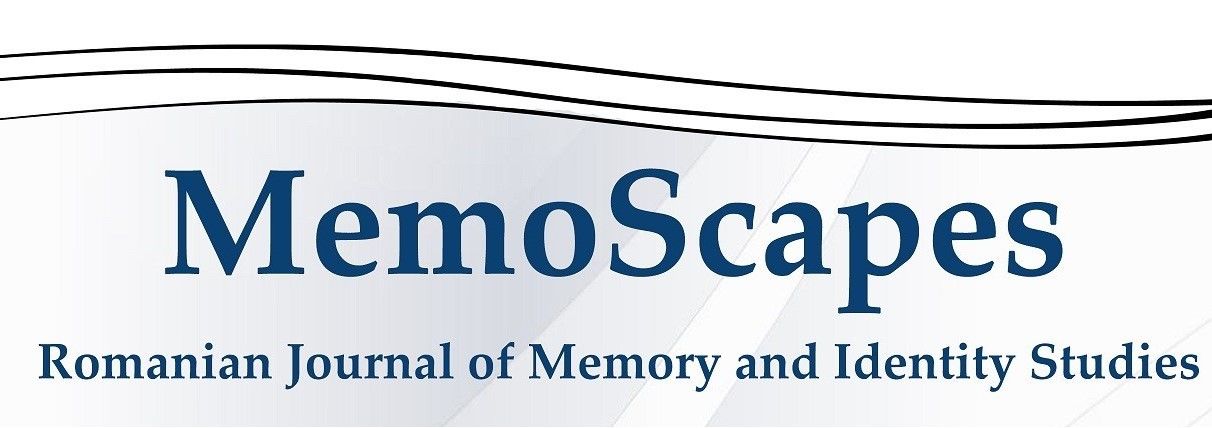Call for Papers, MemoScapes, issue 5/2021
Memory ... unplugged
Memory is primarily a biological function of the human brain that involves a series of processes such as encoding and retrieval. The set of processes that transform a sensory information (visual, auditory, etc.) into a more or less permanent memory representation is called encoding. Coding is controlled automatically, without us realizing it, and is influenced by habits, motivations, life projects, and social behavior. Once encoded, the mnesic information is stored in permanent memory, thus available for recall1. The recovery of this mnesic information/representation is done only in the presence of questions, clues, but also visual, auditory and olfactory stimuli (like Proust's madeleine). Therefore, recollection is never identical to encoded mnemonic information, but is a reconstruction influenced by numerous factors and from a present perspective.
Remembering is not opposed to forgetting. It involves a selection, some information being forgotten, others kept. Forgetting-remembering make a useful tandem both for individuals and for communities as individual memory is intertwined with the collective one being influenced by what Maurice Halbwachs called the `social frameworks of memory` (les cadres sociaux de la mémoire)2. Social frameworks are primarily mental frameworks specific to the different social groups that constitute society at a given time3. According to Halbwachs, social frames of memory are structures that create and transmit memories to individuals belonging to those groups and who in turn participate in the process of changing these frames. "At every moment, social frameworks give our memories the meaning corresponding to the perspective on the world of the belonging group"4.
Jan Assmann states that "cultural memory" is a form of collective memory shared by a large community of people that has the role of providing them with a cultural / national / collective identity. Cultural memory is maintained throughout the generations through cultural practices and institutions such as historical, literary, artistic works, through rituals, symbols, monuments, memorials, etc. Cultural memory transforms certain events and figures from the past into subjects of public remembrance, gradually leading to their mythologizing. Myths thus become a narrative about the past meant to explain events that took place or to give strength and meaning to the present5.
Issue 5 of MemoScapes, entitled `Memory ... unplugged` aims at challenging these approaches through concrete examples.
References:
Assmann, J. 2010. La mémoire culturelle. Écriture, souvenir et imaginaire politique dans les civilisations antiques. Paris: Aubier. Halbwachs, M. 1997. La mémoire collective, critical edition by Gérard Namer. Paris: Albin Michel. Namer, G. 1987. Mémoire et société. Paris: Méridiens Klincksieck. Tiberghien, G. 1986. "Croire à la mémoire...Comprendre la mémoire?", in Croire à la mémoire? Approches critiques de la mémoire orale, Rencontres internationales Saint-Pierre Hôtel «La Lanterna», October 16-18, 1986
